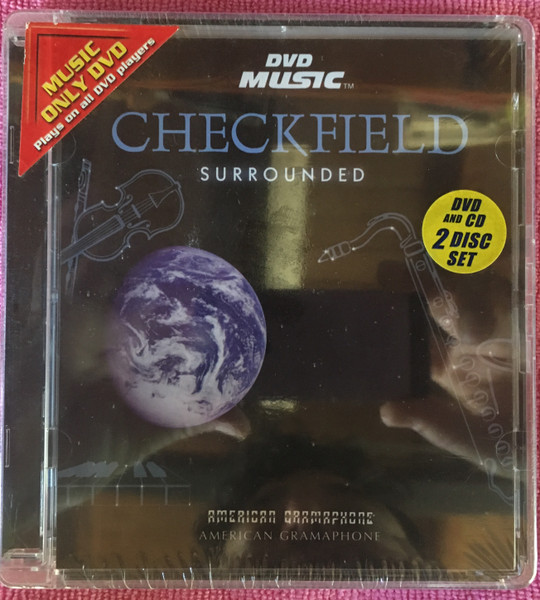CDs can sound excellent. I won’t say I’m one of those golden-ears audiophiles, but of the people I hang around with, my hearing is more critical than any of them. I know a lot of the limitations of my ears, though, so it’s likely that there are people who can hear things I can’t.
That said, for a consumer medium, it’s brilliant. The goal was to fit Beethoven’s 9th symphony on a single disc in fidelity that the vast majority of people couldn’t hear artifacts, and they succeeded.
I attended a lecture by someone with credentials (apparently had a copy of the red book) who said that the spec had a four-channel version, but it never was used. Interestingly, he had never heard of the earlier quadraphonic recording formats. Remarkable bubbles some of us live in.
I’m pretty sure the increased channels would have resulted in decreased time, but I don’t have hard data.
The technical,limitations of the day would have prevented any more bits on a disc of that size, although a few more minutes were squeezed in later. The red lasers of the day required a minimum area for the pits, so higher data density would have to wait for lasers further up the spectrum or multi-layer discs.
Although quad was pretty much a dead-and-buried format when the CD came out, I would have jumped on quad CDs had they been available. But then, I didn’t buy a CD player for at least a year after the format came out. I’d given up being an early adopter. I’m still using “legacy” equipment to play obsolete media.




